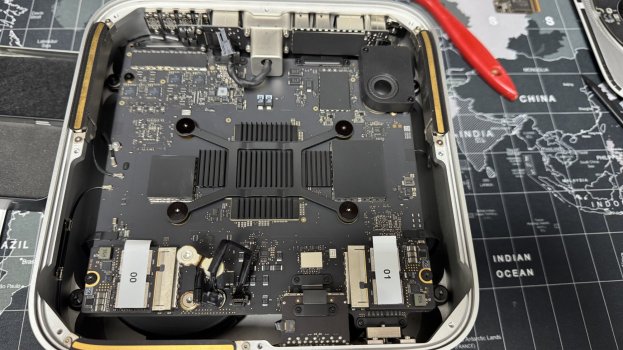There is two conditions :
- the two 2TB cards need to have the same NANDs manufacturer (both need to be Kioxia, or both Sandisk, or both Hynix)
- and yes, both cards need to be reprogrammed...
To date, reprogramming the boards is feasible but extremely costly and complicated: you have to unsolder the 4 chips on each board, reprogram them (in a LB H7 programmer or a JCID P15) and then resolder them.
However, it is technically possible one day to manufacture a device for reprogramming the cards without unsoldering the chips (we've been thinking about this for a while, it could be a module that fits onto LB H7 programmers or a JCID P15).
Then we're thinking about making a trade-in offer for 1TB and 2TB cards (not necessarily linked to the purchase of new kits). And we could resell these used cards at cost price to other customers. This would mean measuring their wear and tear (TBW), but these cards have such a long lifespan that I'd find it stupid to keep them in drawers (apart from the 512GB, which are slow and have no use).
We could go for $125 for the buy-back/sale of a 1TB and $250 for a 2TB.
This would be a win-win situation for everyone: those who resell their unused cards and those who want to buy them cheaply.
Different size, no. But supported configuration, yes. Process involves DFU restoration each time...
Any card supported in a M1 Mac Studio will work in any M1 Mac Studio.
In fact this is what we do : when new cards come out of the factory, they pass electrical tests, then we test every new card (or new pair of card for a 4TB or 8TB kit) in a Mac Studio before shipping them to a customer which will have of course a different Mac Studio.



